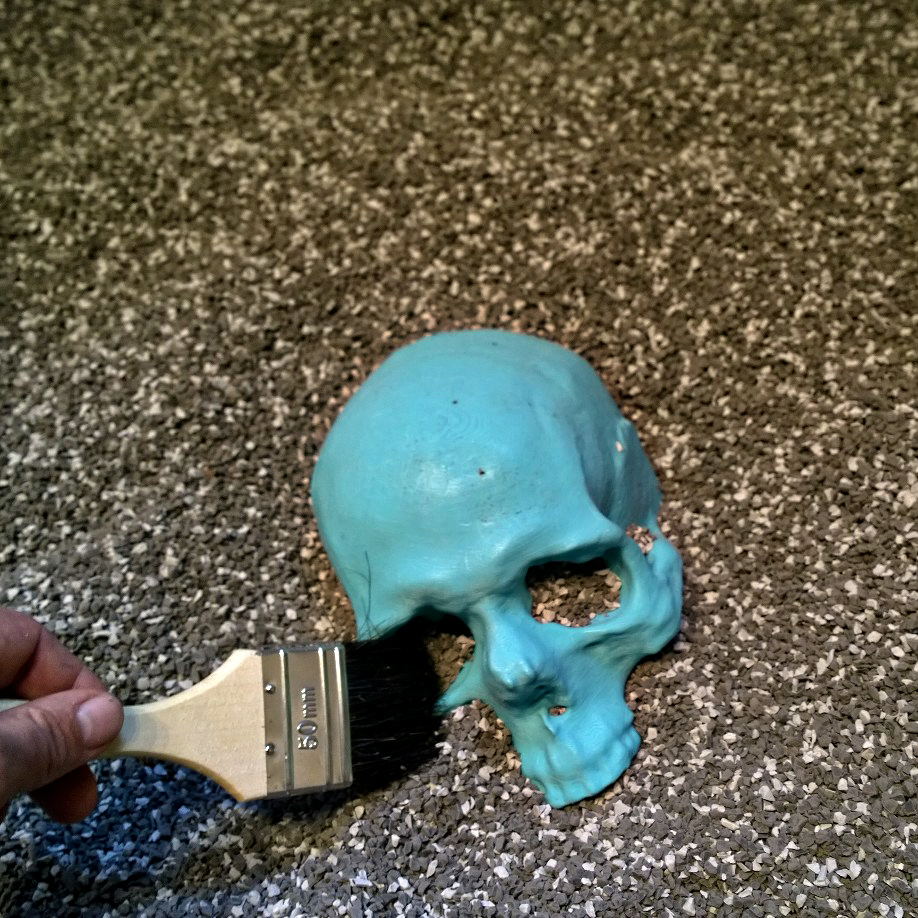
Example – When blue plastic 3D models are better than original artifacts
One example of practical use of 3D models can be found in the interactive exhibition Arkeoteket at the Swedish History Museum in Stockholm.
Arkeoteket is an interactive exhibition at the Swedish History Museum in Stockholm, where the museum’s visitors are invited to dig and research as archaeologists. The most popular part of the exhibition is the excavation where visitors can dig 3D printed models from the museum’s collections – a cranium, a strap buckle, a pot, a drinking horn – out of the rubber sand. The museum initially used original objects, some of them made from plexiglass, but it quickly emerged that these fragmentary objects were hard to interpret and understand for visitors without archaeological training (not least children in the younger target group, 3-6 years).
Now, there are almost always visitors in the Arkeoteket dig, and imagination keeps giving new life and interpretations to the 3D models.
“In the old Arkeoteket, when our ambition was to make “real” objects available to visitors so that they could touch them, we mainly had fragmentary objects and they were very hard for regular visitors to understand and take in. You basically needed the eyes of an archaeologist to interpret the objects. it made them less interesting. My idea was for the objects to feel authentic, but the end results was almost the opposite. The 3D prints were made from complete, more easily interpreted objects which visitors can largely examine, interpret, and understand by themselves,” says Susanna Zidén, project manager at Arkeoteket.
Single-colour prints proved to be best
The situation quickly changed when the original objects were switched for 3D printed models which were “whole” and could easily be identified without specialist knowledge. These models are complete representations of the originals’ shapes, while their colour makes it clear that they are models rather than “forgeries”. Attempts were made to make full-colour 3D prints, but stylized, single-colour prints turned out to be a better option:
“One limitation so far has been that full-colour prints have not turned out very well (we tested a few versions). The stylized, single-colour objects were more durable and also clearer in some way, the focus was placed on the form rather than the structure or colour. But I think that a lot will happen and is already happening in this area,” says Susanna Zidén.